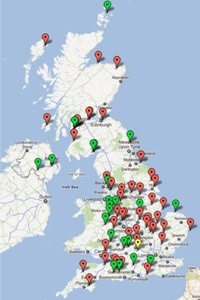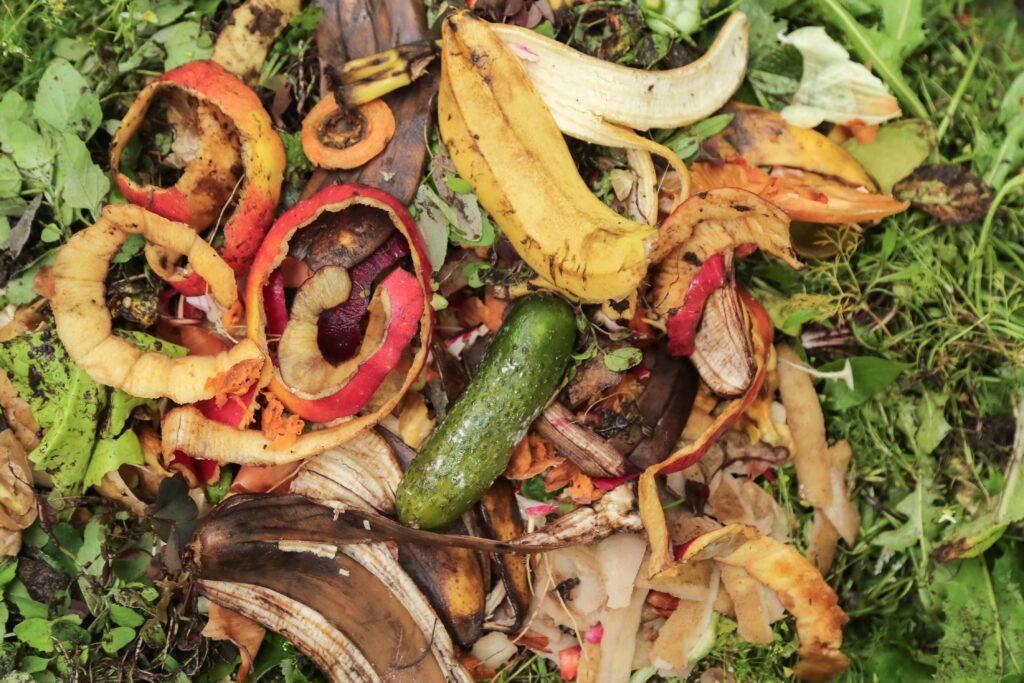It was produced in response to the AD Strategy and Action Plan, published in June 2011 (see letsrecycle.com story), to establish a baseline of the AD industry to help map future growth.
Of the 68 plants, the report explains that 44 are waste fed with a total processing capacity of 3.7 million tonnes per annum. Of these, 13 are industrial fed and 31 non-industrial fed. The remaining 24 AD plants are farm fed, meaning they process manure, slurries and purpose grown crops.
As part of the AD Action Plan WRAP and the NNFCC will continue to develop the AD map of the UK which highlights all of the operational waste and farm fed plants in the UK. The map will be updated as new plants come online.
If sewage-fed AD plants are taken into account as well, the UK had a total of 214 AD plants in September 2011 with the capacity to process more than 5 million tonnes of material per annum generating over 170 megawatts of electricity.
The report states: The headline figures for the AD industry provide a very positive reflection of the industrys development compared to 2005 when there were just two AD plants operating outside of the water industry in the UK.
Planning
The number of AD plants looks set to grow even further as there are currently 78 waste-fed plants in the UK which have received planning permission as well as a further 27 farm fed plants, which if all became operational would more than double the UK AD infrastructure.
Additionally there are a further 80 plants in the pipeline awaiting planning permission.
However the report states that a cautious approach is needed when interpreting the figures as there is uncertainty about the number of plants progressing from planning through to operation.
Biomethane
Most AD sites in the UK use biogas from the process to generate heat and electricity which can be fed into the national grid. The biomethane produced can also be further refined so that it can be fed directly into the gas grid.
The report highlights how, at present, there are only two sites in the UK doing this, one of which is waste-fed. The sites are the sewage works in Didcot which has an on-site AD plant and the Adnams Brewery in Suffolk.
Related links
The Adnams Brewery AD plant, which became operational in August 2010, processes brewery waste and local food waste to produce the biomethane which is then fed directly into the gas grid.










Subscribe for free